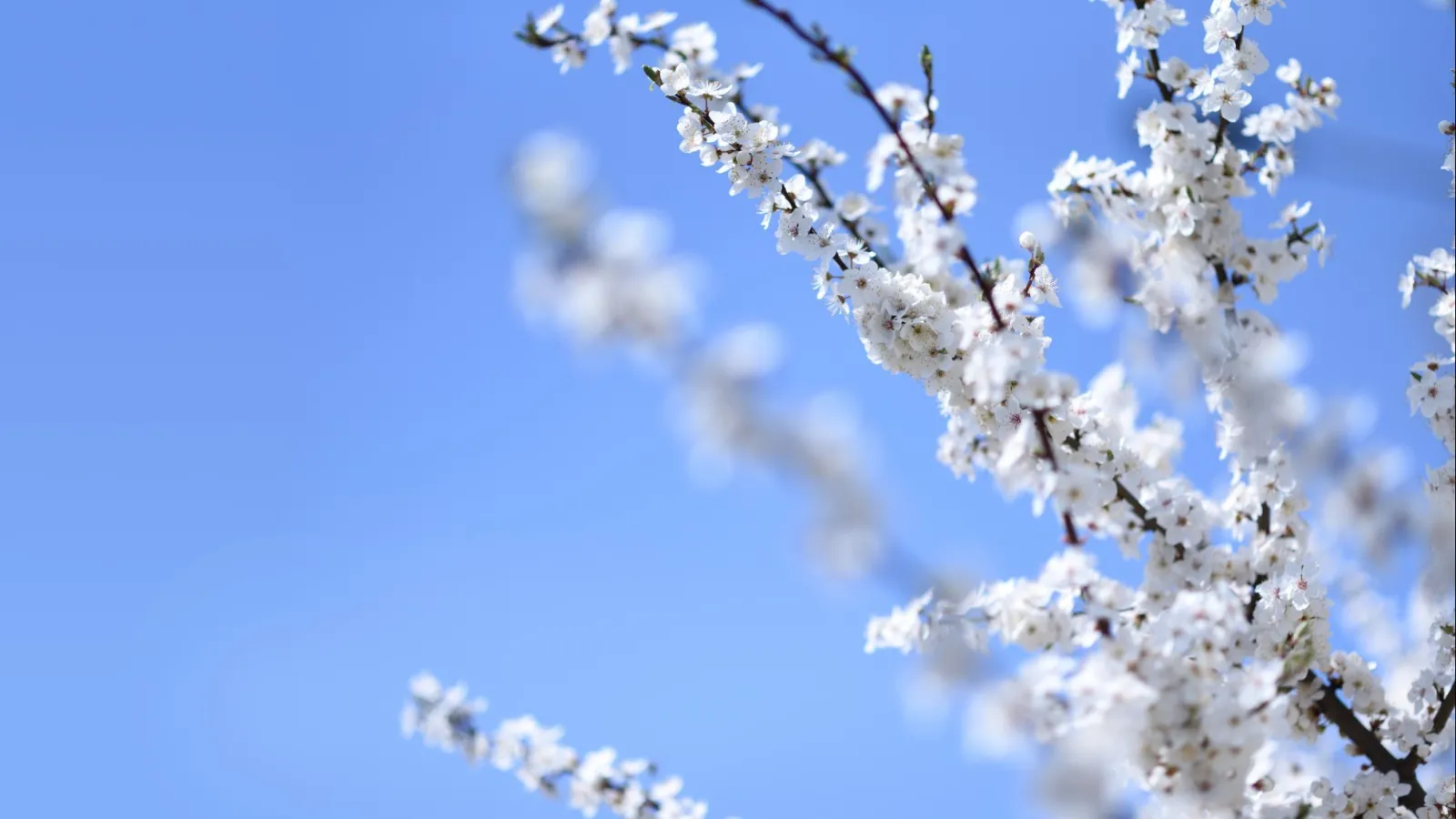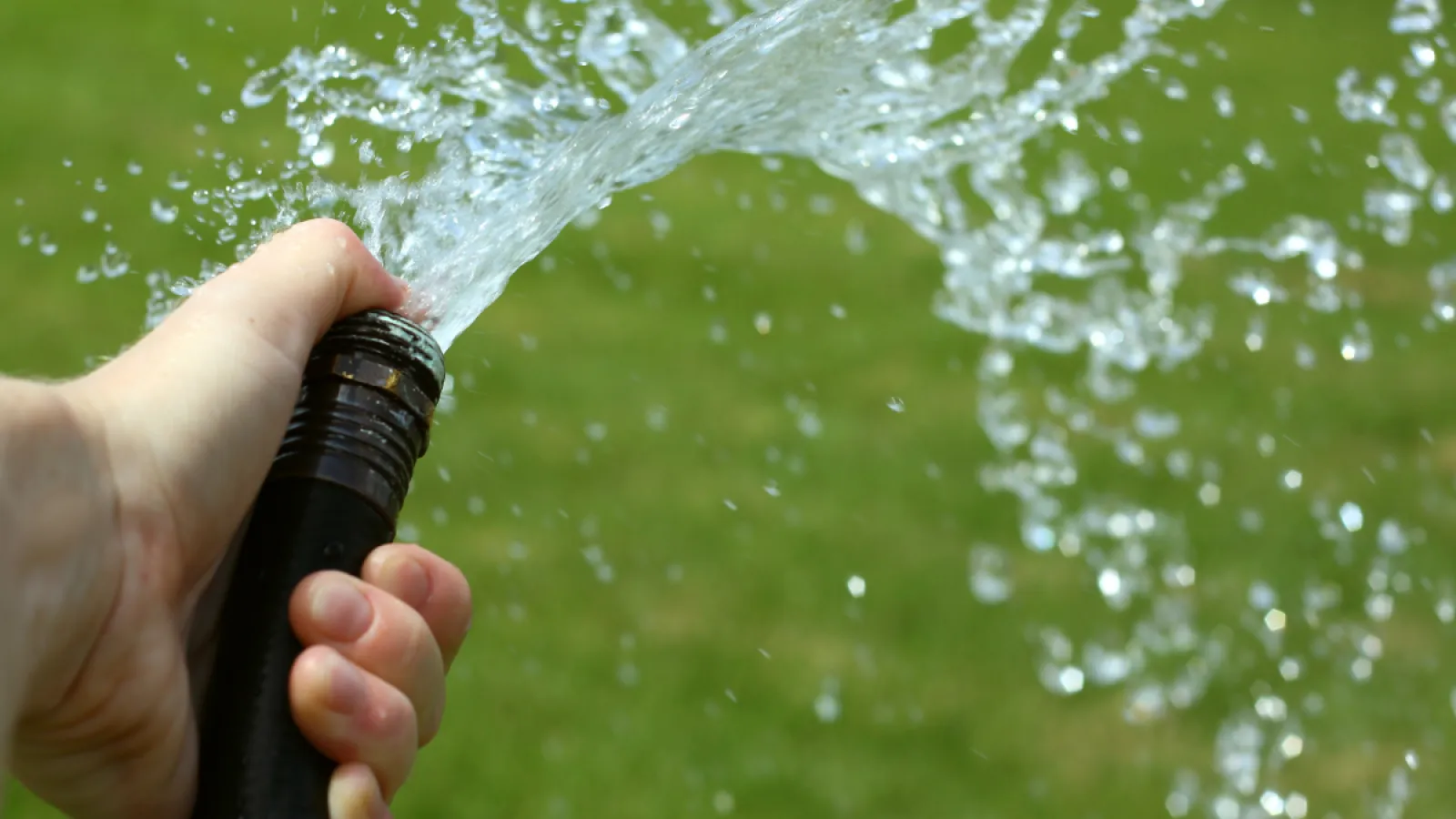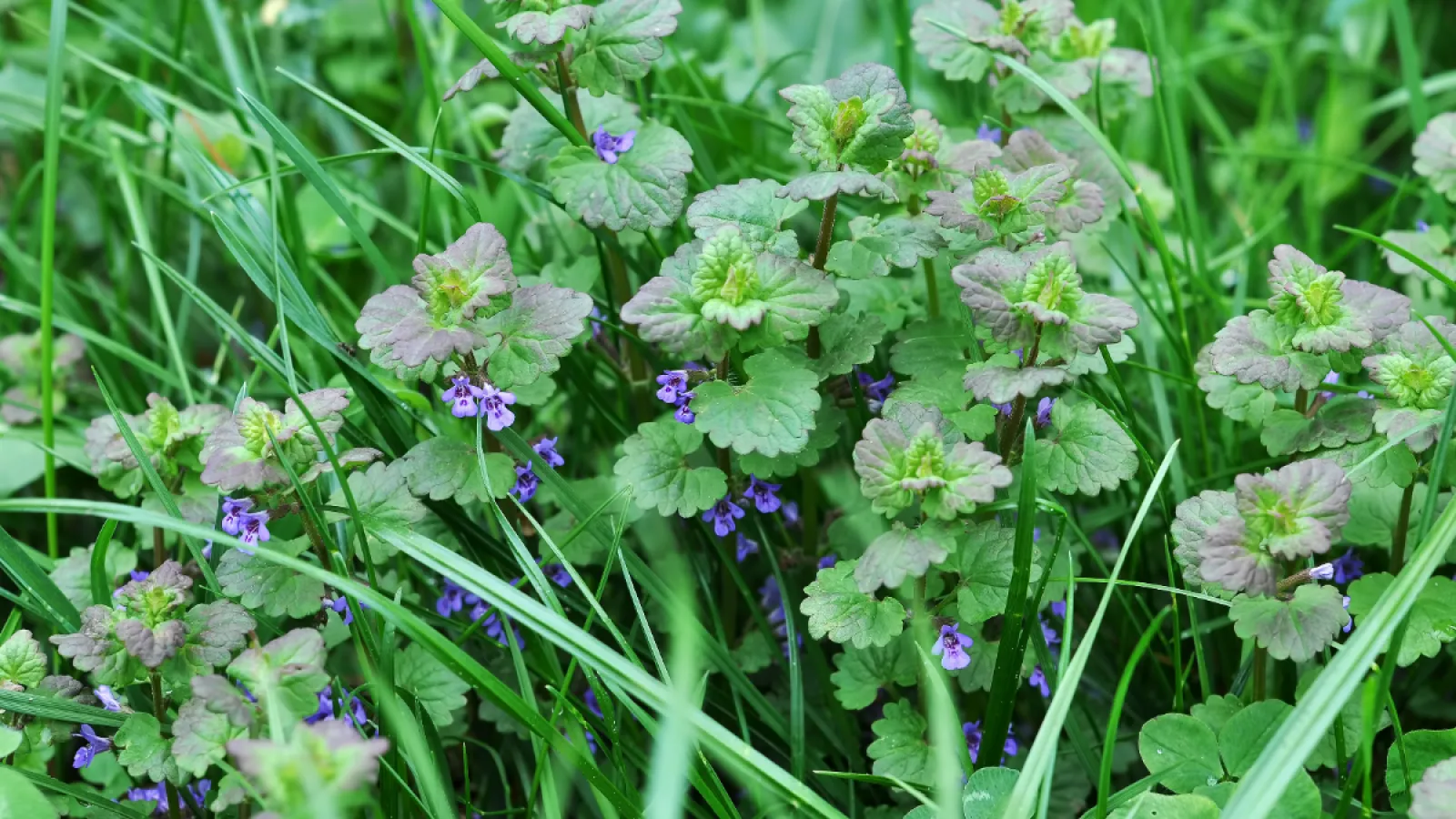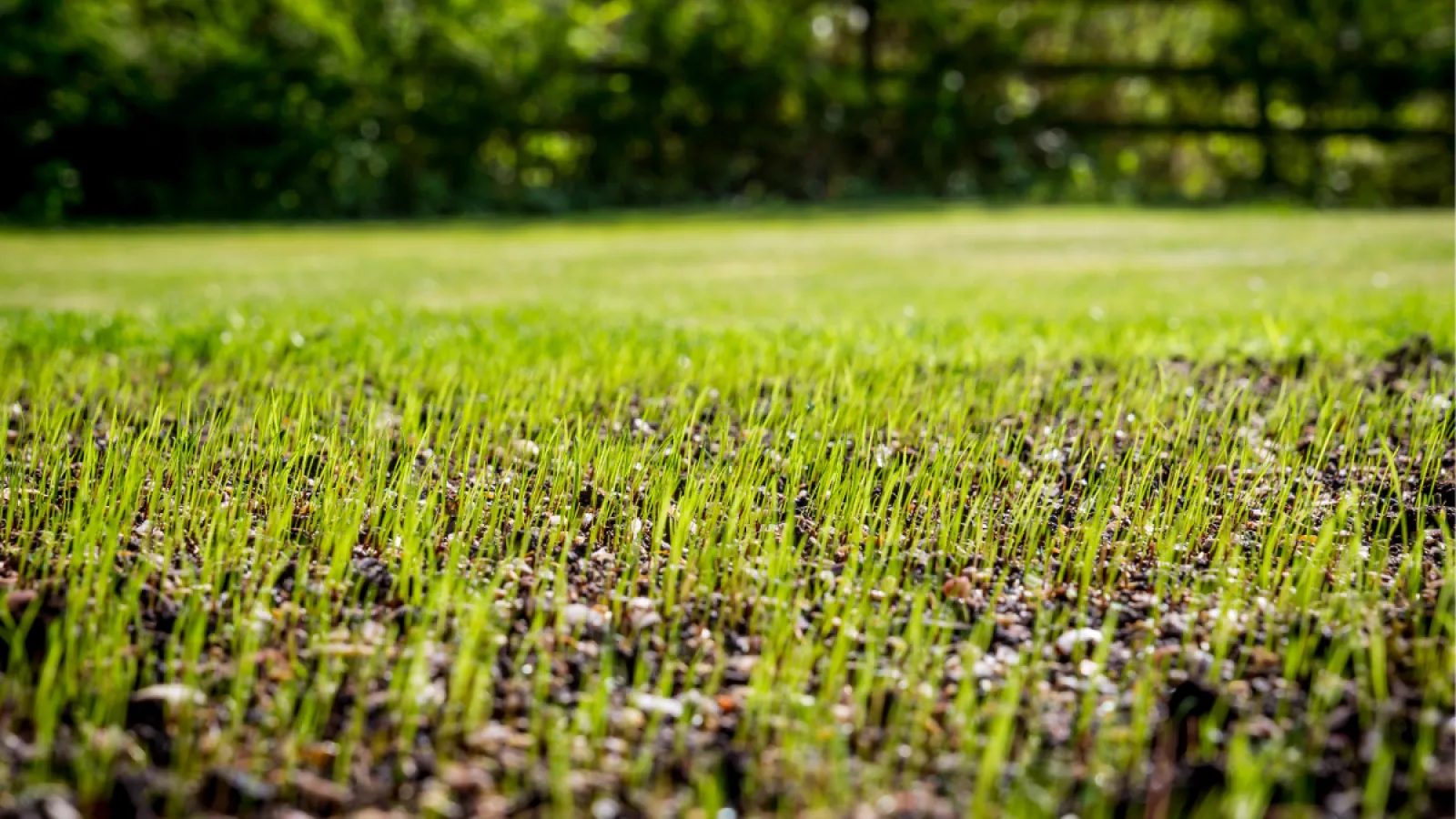
How To Protect Your Lawn from Late Spring Frost
April doesn’t just mean tax day is near. In the southeast, and especially to those of us that work in lawn care, April is the fear of that last frost – the spring frost (meaning 32 degrees or colder). It happens every year without fail.
The hydrangeas & roses leaf out, azaleas & rhododendrons begin to bloom, and we see new foliage on evergreen trees and shrubs. The spring-like temperatures cause confusion to our lawns. Everything begins to bloom, and we are tempted to rush into planting and other gardening tasks.
But not so fast! Inevitably, the low temperatures will come. In the last two years, we saw a spring frost in mid-April. According to the National Weather Service, “the mid-April through early-May time frame typically features the last occurrence of freezing temperatures and/or frost.” Plus, 30-year averages tell us that it could happen anywhere from April 18 to May 5.
This year, the Farmer’s Almanac is predicting April 7.

So, when another frost hits us in the southeast (and it will) here are a few things you can do:
- Water your lawn’s roots if they’re dry. A wet root system can fight a freeze and the water acts as an insulator. Moist soil holds up to 4 times more heat than dry soil.
- Move your plants to a covered location if possible. Plants in containers are two zones colder than the outside, so make sure to protect yours well if you can’t move them.
- Remove frost or ice crystals from leaves. Frost or ice crystals on leaves should be rinsed off with water prior to sun hitting them in the morning or it they’ll burn, causing irreversible tissue damage to the plant. Although your plant may survive, it will likely have deformed leaves, leaf spots, and uneven growth.
- Cover your shrubs, containers, any foliage, new perennials, and flower buds you want to protect with a frost cloth from local garden center. They are very long and can be cut. They are also much safer than a heavy fabric. NEVER use plastic bags to cover your lawn. The best time to apply the cover is in late afternoon after the wind has died down. Just make sure you remove it in the morning.
If you have any questions, feel free to reach out to us here. We always want to be a trusted source, whether you are a customer or not!


